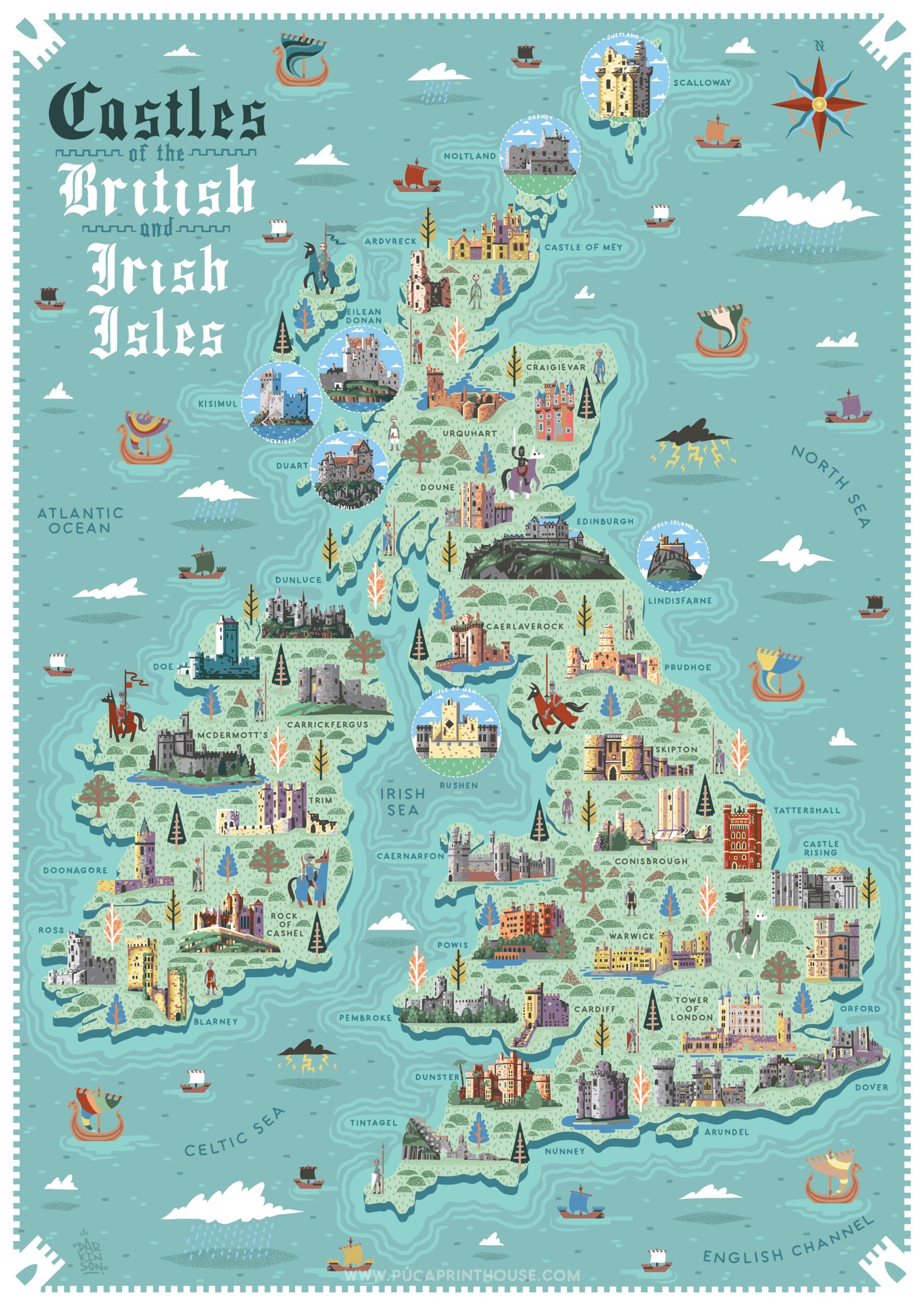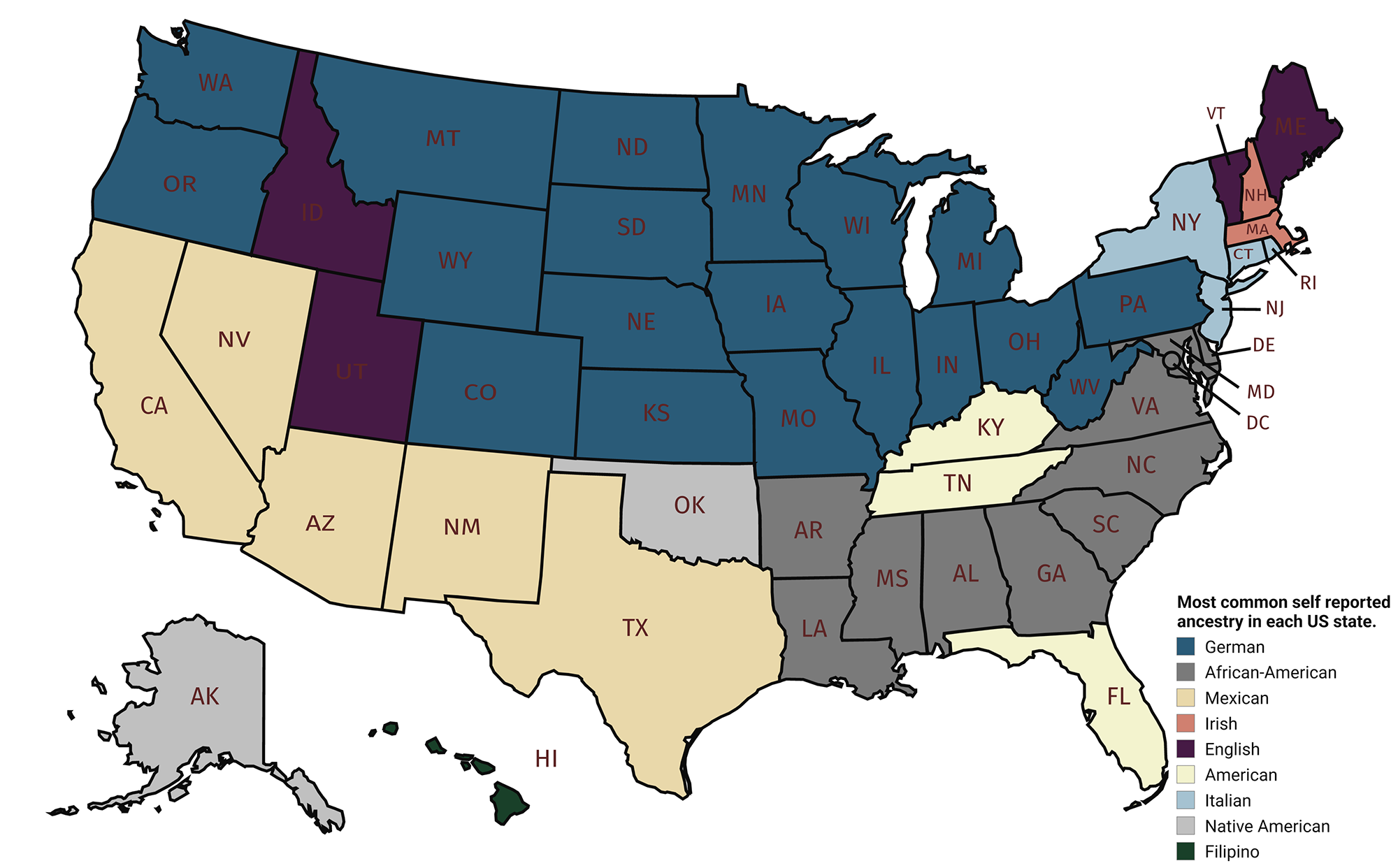The British Isles mapped out by genetic ancestry
The map below reveals a snap of groups of gene variation in the late 1800s, when people were less expected to relocate far away from their area of birth – shows past migration flows by various peoples into the island.

According to Nature, several Britons have ancestors from just one geographical area of the UK, so it is challenging to identify patterns of genetic variety particular to any one place. However, Donnelley and his co-workers discovered more than 2 thousand Britons of European ancestry who inhabited rural areas and knew that their four grandparents were all born in 80-kilometers of each other. Since these volunteers’ DNA was a mosaic of their grandparents, who themselves were to known be closely connected to one British area in the late 19th century, Donnelley expected to obtain a genetic variation grouped exactly with their grandparents’ geographic location.
A mathematical model grouped volunteers into seventeen groups based only on their DNA, which united geography. People over central and southern England dropped into the most significant group, but many clusters were separate, such as the separation between Devonians and Cornish in Britain’s southwest. People who track their heritage to the Orkney Islands, off the northeastern coast of Scotland, fell into three distinct divisions. They are possible so distinguished because the islands made it difficult for diverse populations to mix. As well as geographic obstacles like these, the patchwork was created by movements into and around Britain.
The scientists investigated the genomes of more than 6 thousand people from continental Europe to get their ancestors’ participation in Britons’ ancestry. The study proved the movement of Anglo-Saxons from present-day Germany into Britain later the withdrawal of the Romans in 410 AD. They were crossbreeding with residents instead of replacing them. Danish Vikings, who invaded Britain within the 700s and 1100s AD, left a little sign in most Britons’ genomes by the opposition.
To learn more about the British Isles, have a look at:








